The ruined castle stands eerily on a cliff, its walls resembling a skeleton. No wonder many say that Bram Stoker drew inspiration for Dracula from Slains Castle. But that’s not quite true.
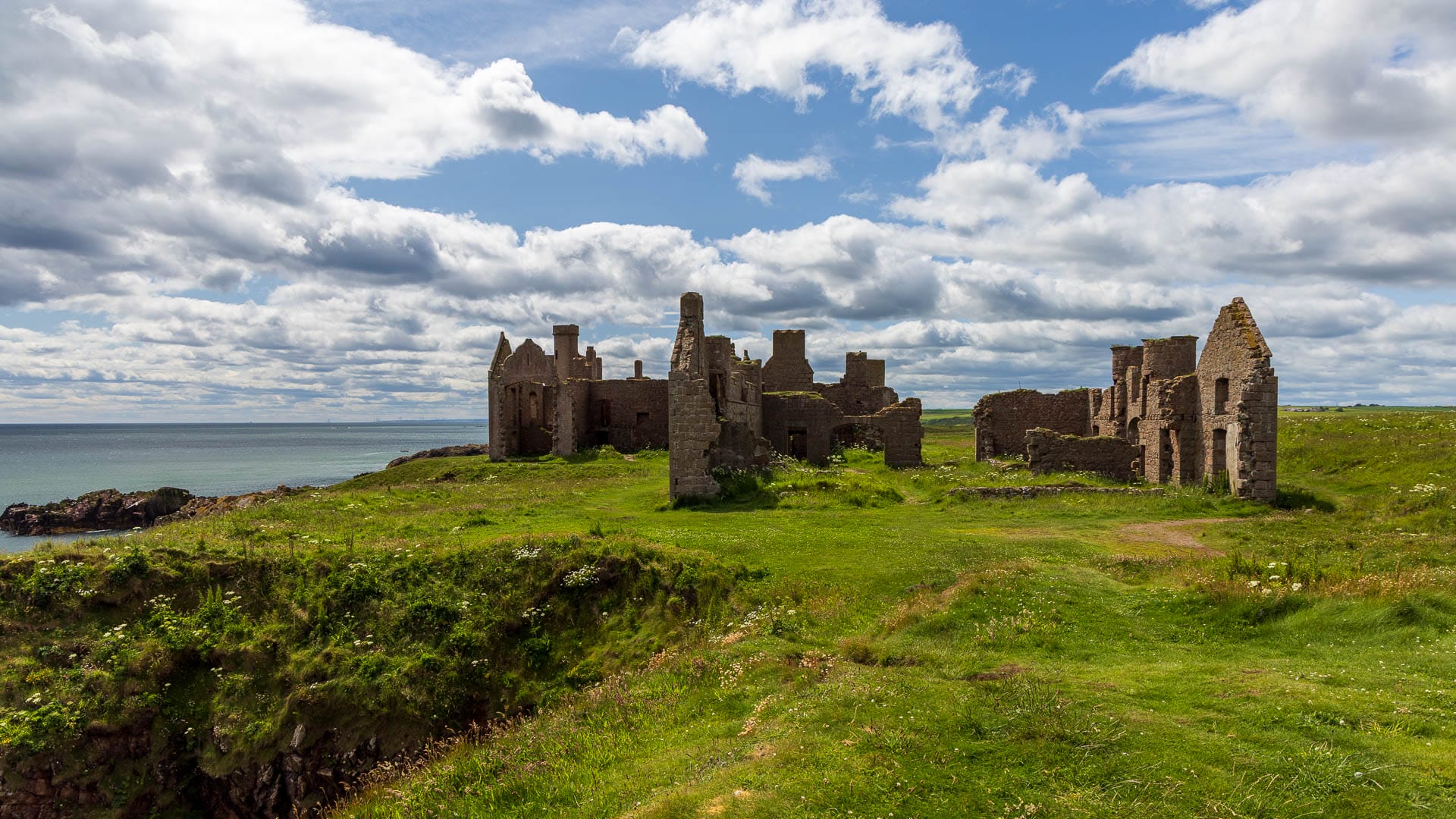
First the roof was removed because taxes had to be paid for it. That was the beginning of the demise of Slains Castle. Then stones from the walls were used to build other buildings. Today we can see the result on the cliffs: a masonry that only hints at the former splendour.
This is actually “New” Slains Castle. The manor house replaced the old castle, which was located further south, in the 16th century. The Earls of Erroll, who owned the land, then chose this spot. Fertile meadows on one side, the raging North Sea on the other.
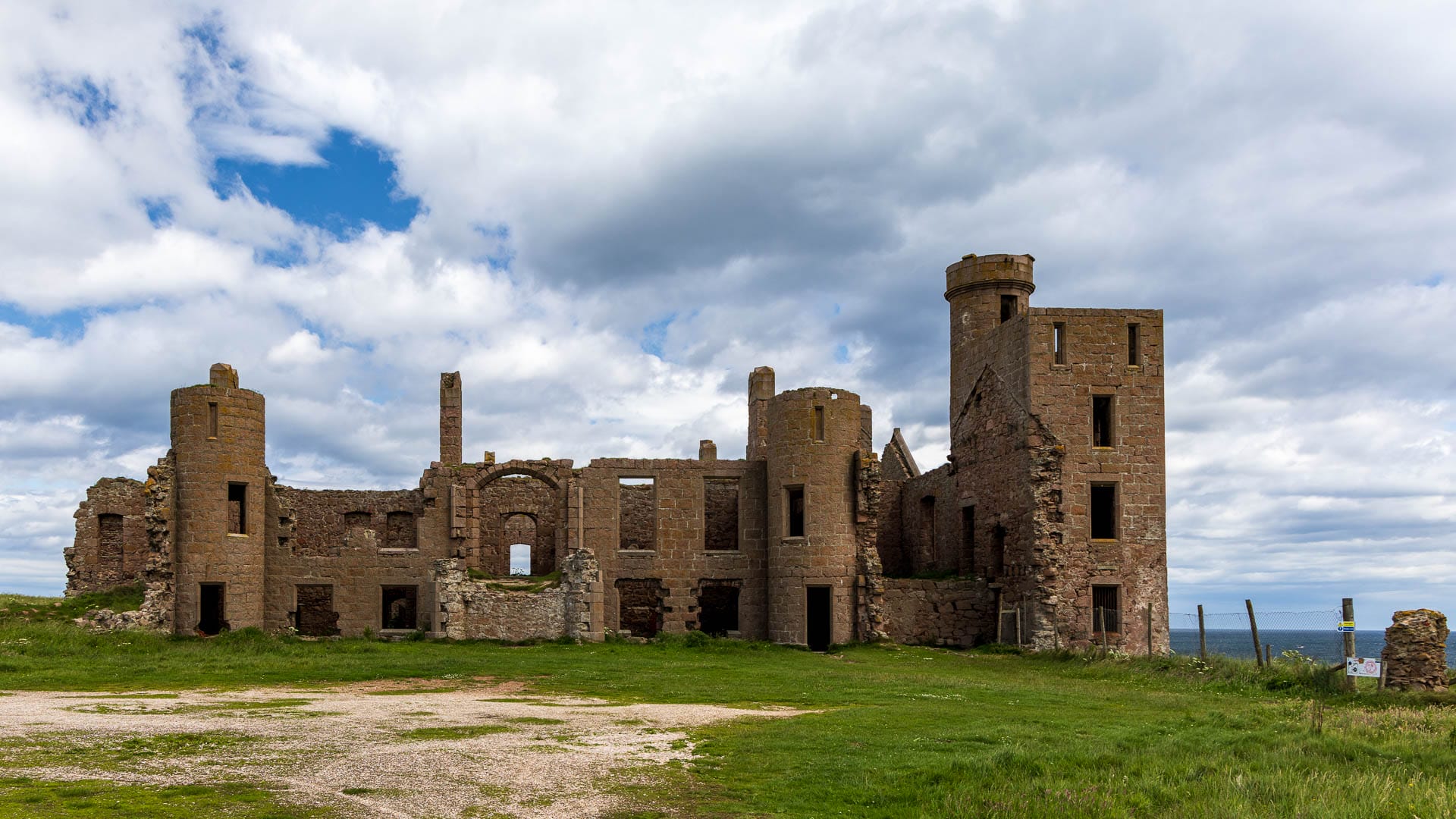
At first, only a residential tower was built. But fashions changed and in the 19th century, the Earls of Erroll brought in a prominent architect: John Smith was a city architect from Aberdeen. The “Granite City” as we see it today was only created by him and a colleague.
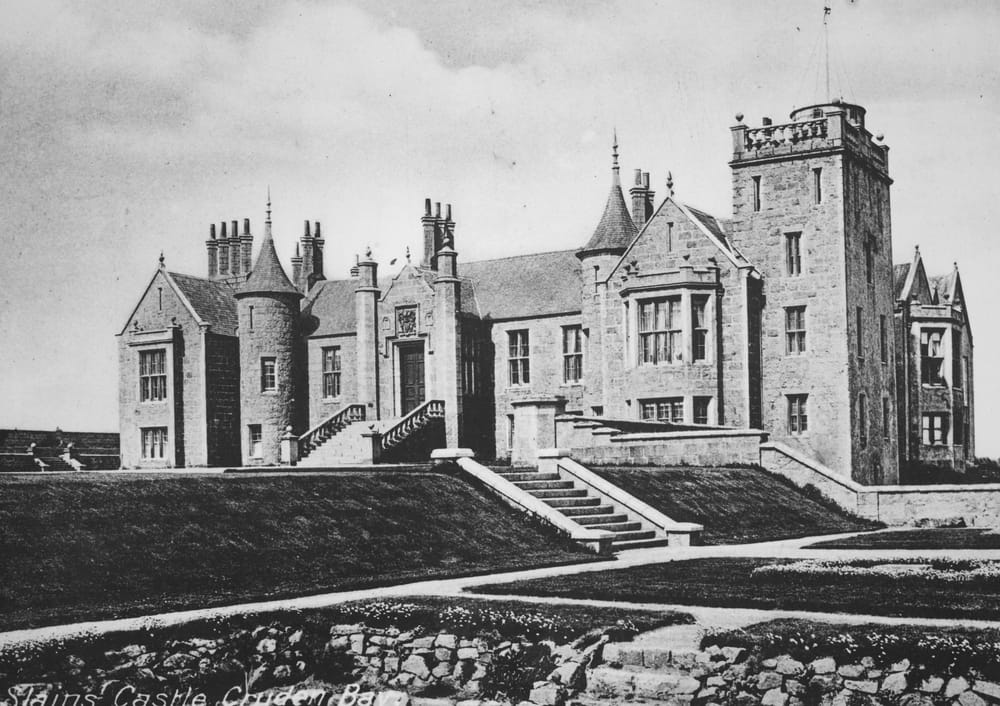
Smith gave Slains Castle the typical Scottish Baronial style that many houses were given at the time. When you stand at the castle today, you have to imagine it: lush gardens on the side facing away from the sea. Opposite, large windows that allow a view over the sea ..
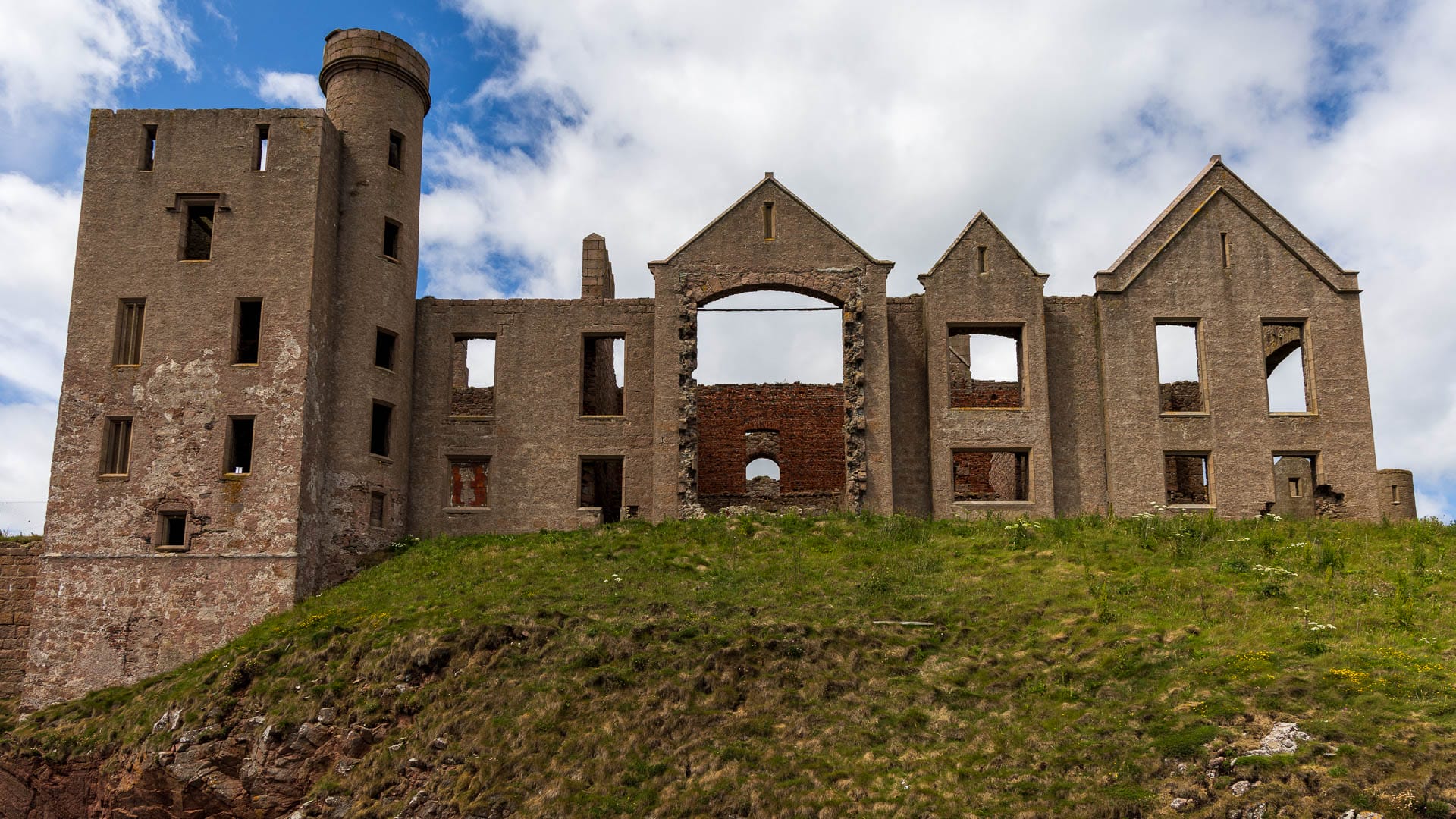
Slains Castle was therefore a special place and attracted visitors. Including Bram Stoker, author of Dracula. THAT he was there around 1895 is undisputed. What role Slains Castle played in the novel, however, is more doubtful.
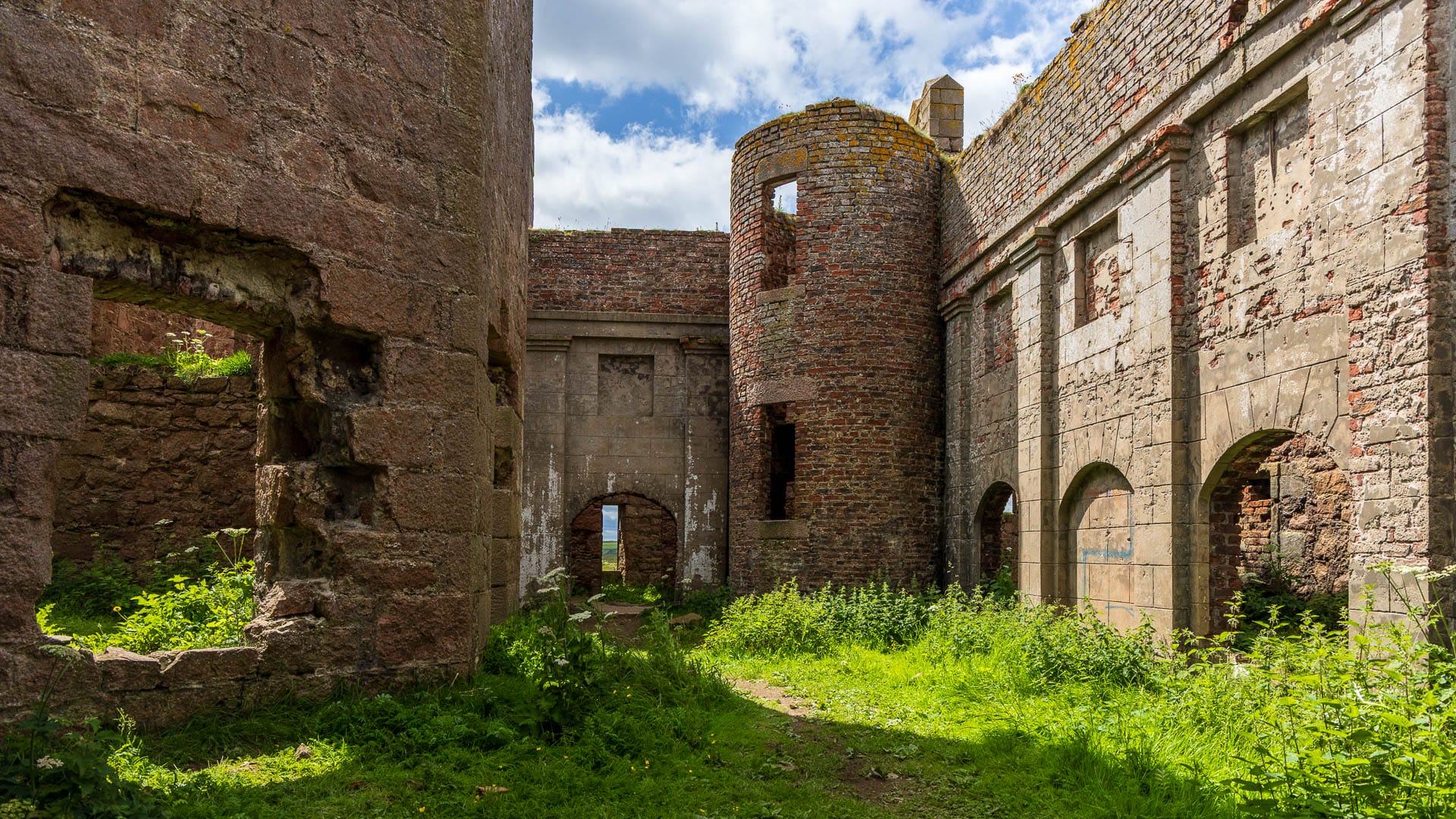
Stoker already had the initial ideas for his novel before the visits. And even then, Slains Castle did not have the creepy appearance it has today. And there is a strong suspicion that the octagonal hall of this castle can be found in the description of the hall that Stoker wrote in Dracula’s castle. Something of the atmosphere of the place is therefore in the vampire story.
And it is precisely this atmosphere that attracts many visitors today.
The way to Slains Castle
Slains Castle is located near Cruden Bay and the village of the same name. Visitors have to walk around a kilometre to reach the ruins. And even this walk along good paths is worthwhile.
First of all, it goes through a small forest. One tree is particularly beautiful. It extends a thick and protective roof over you, you could almost live under it.
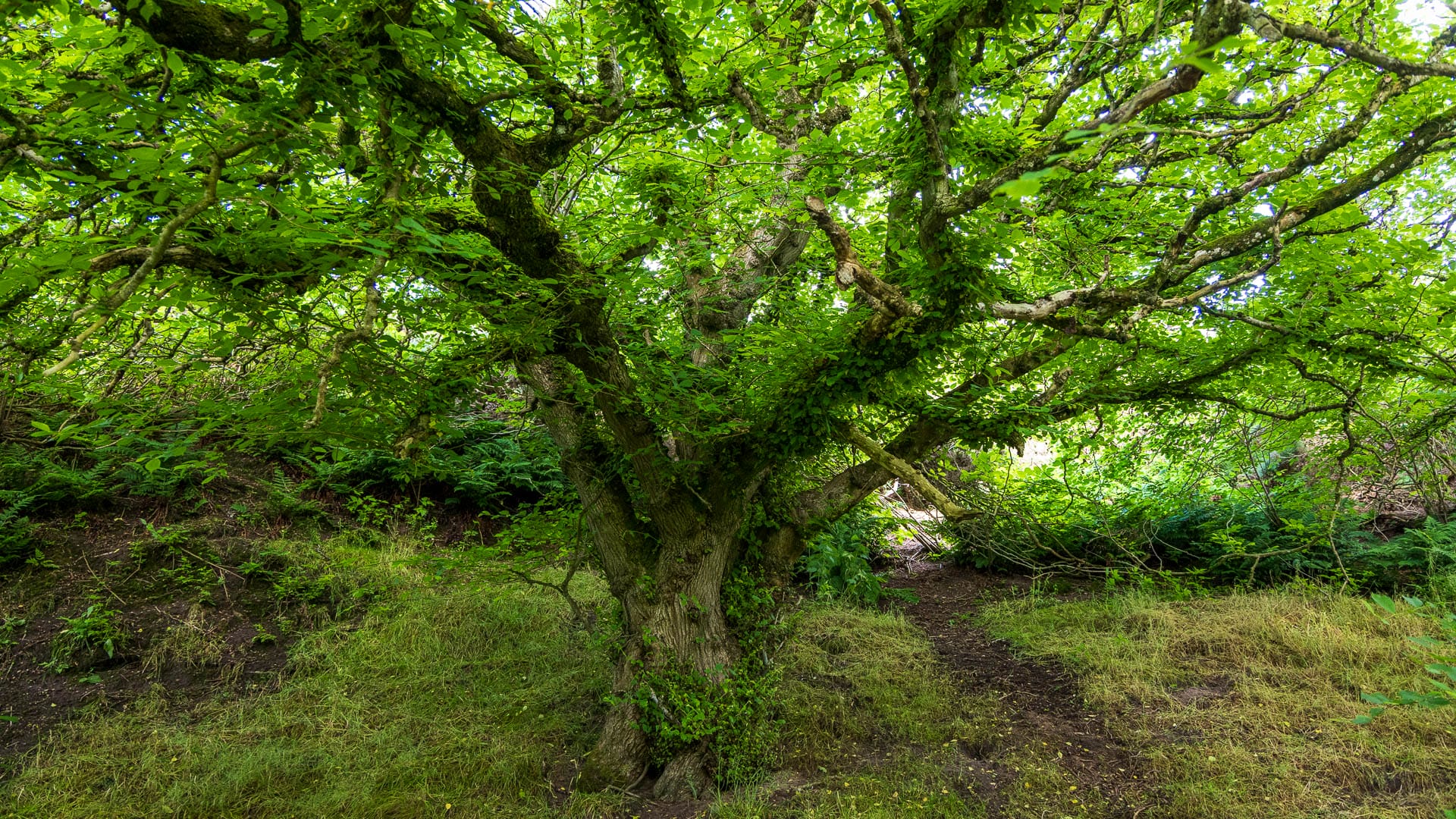
At first, the path follows a small river, which forms a beautiful little valley to the right.
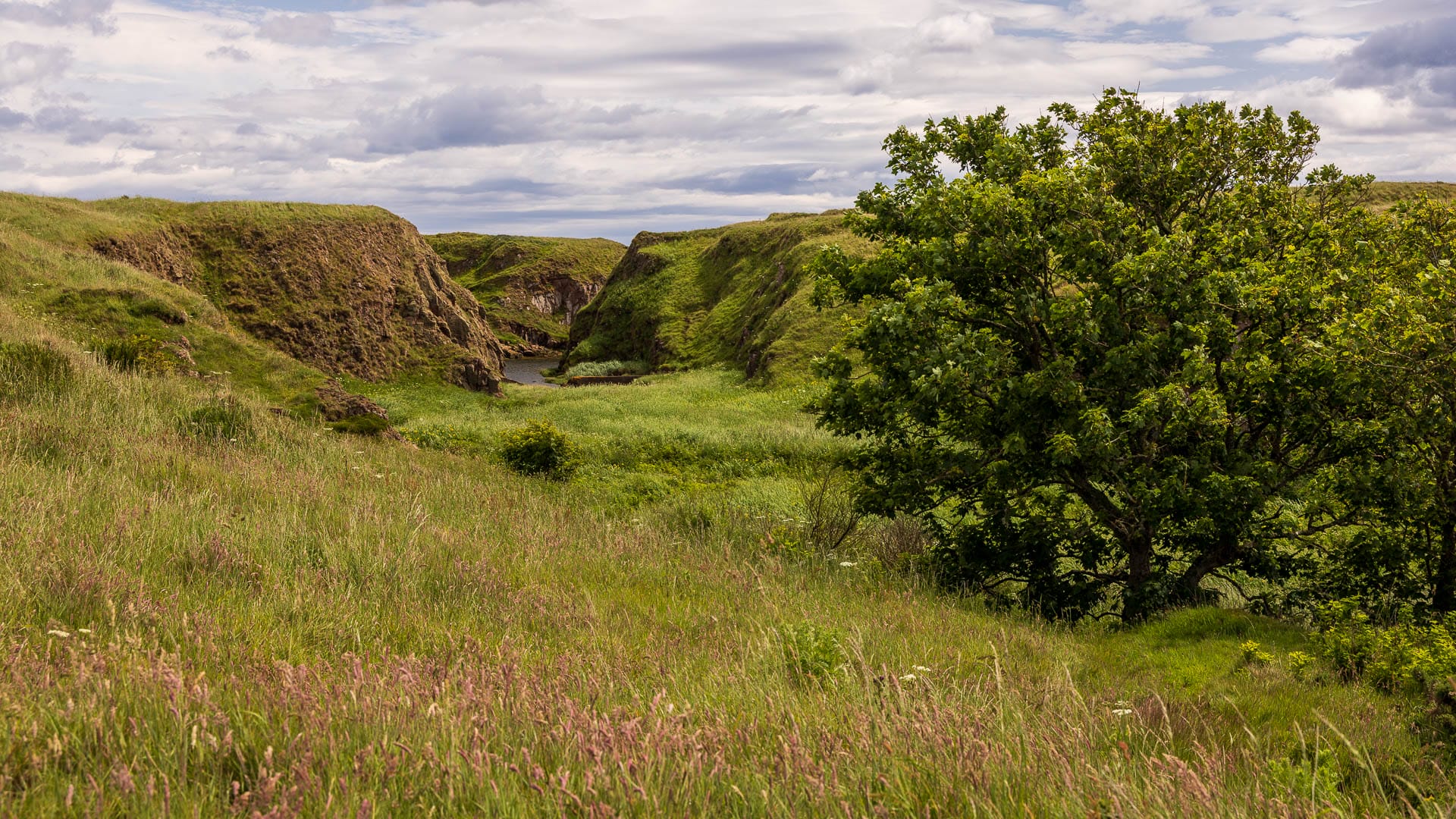
You soon pass the brick tower on a hill – unfortunately I was unable to find out its purpose and history.
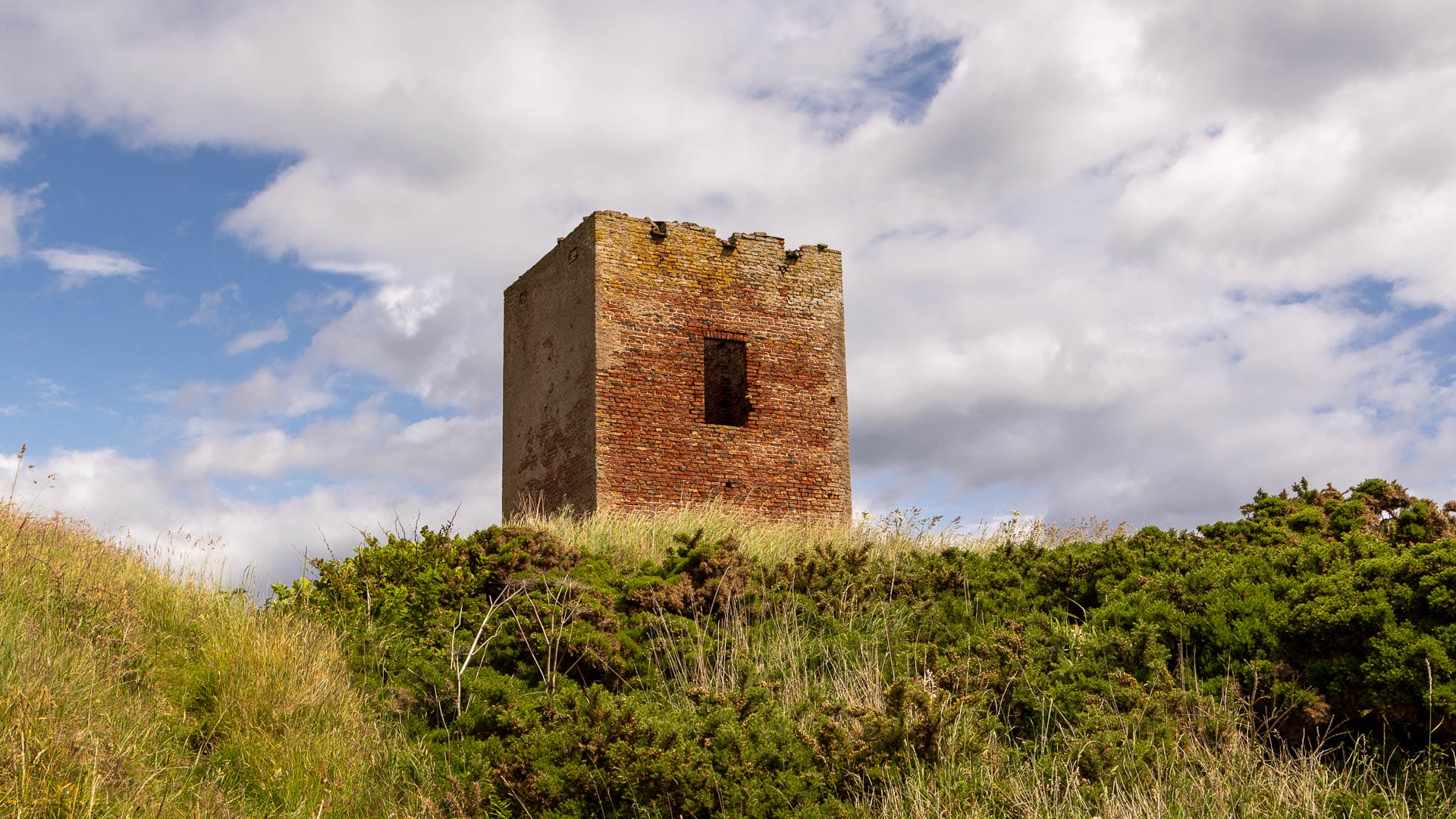
It’s worth keeping an eye on nature. In summer, for example, orange raspberries grow along the edge of the path.
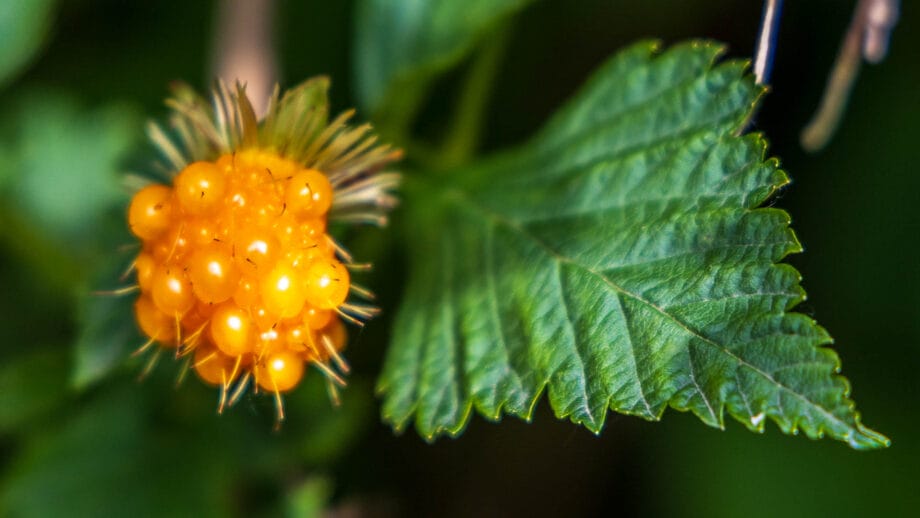
Grey herons sometimes stand in the grass opposite waiting for prey.
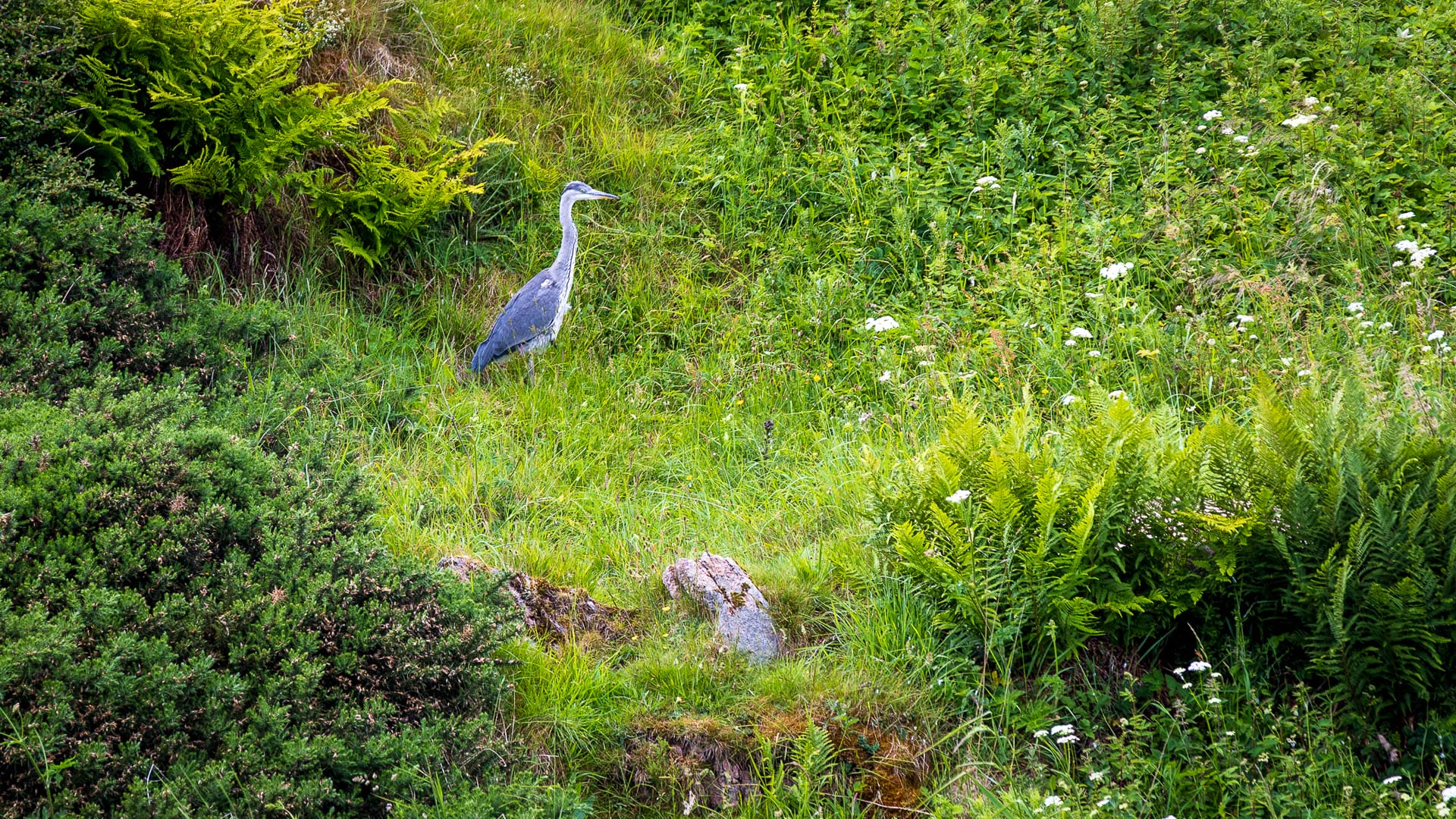
The path then swings off to the left along the coast, revealing the first view of the castle. It is worth walking carefully onto one of the headlands in front to fully appreciate the scene.
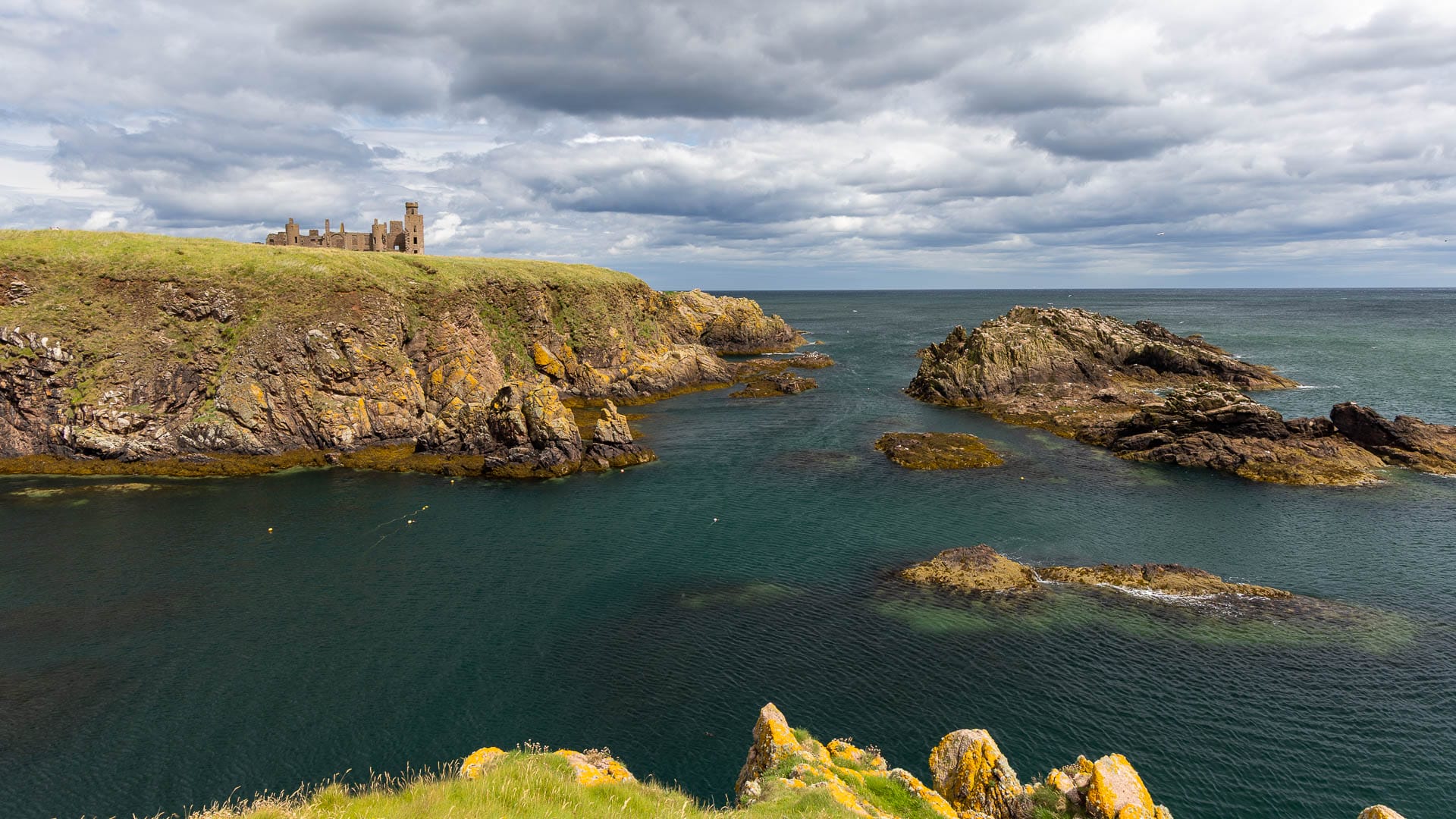
From there, it is only a few steps to the castle.
Knowledge: The Jacobites and Slains Castle
Whilst the Bram Stoker connection is famous, but usually a little exaggerated, the connection with the Jacobites comes up a little short. This is because Slains was a focal point of the resistance – mainly thanks to the women.
Three generations of Countesses of Erroll living here maintained a communications network that kept messages flowing between Scotland and the Jacobite court in exile in France: Lady Catherine Carnegie, Lady Anne Drummond and her daughter Mary Hay.
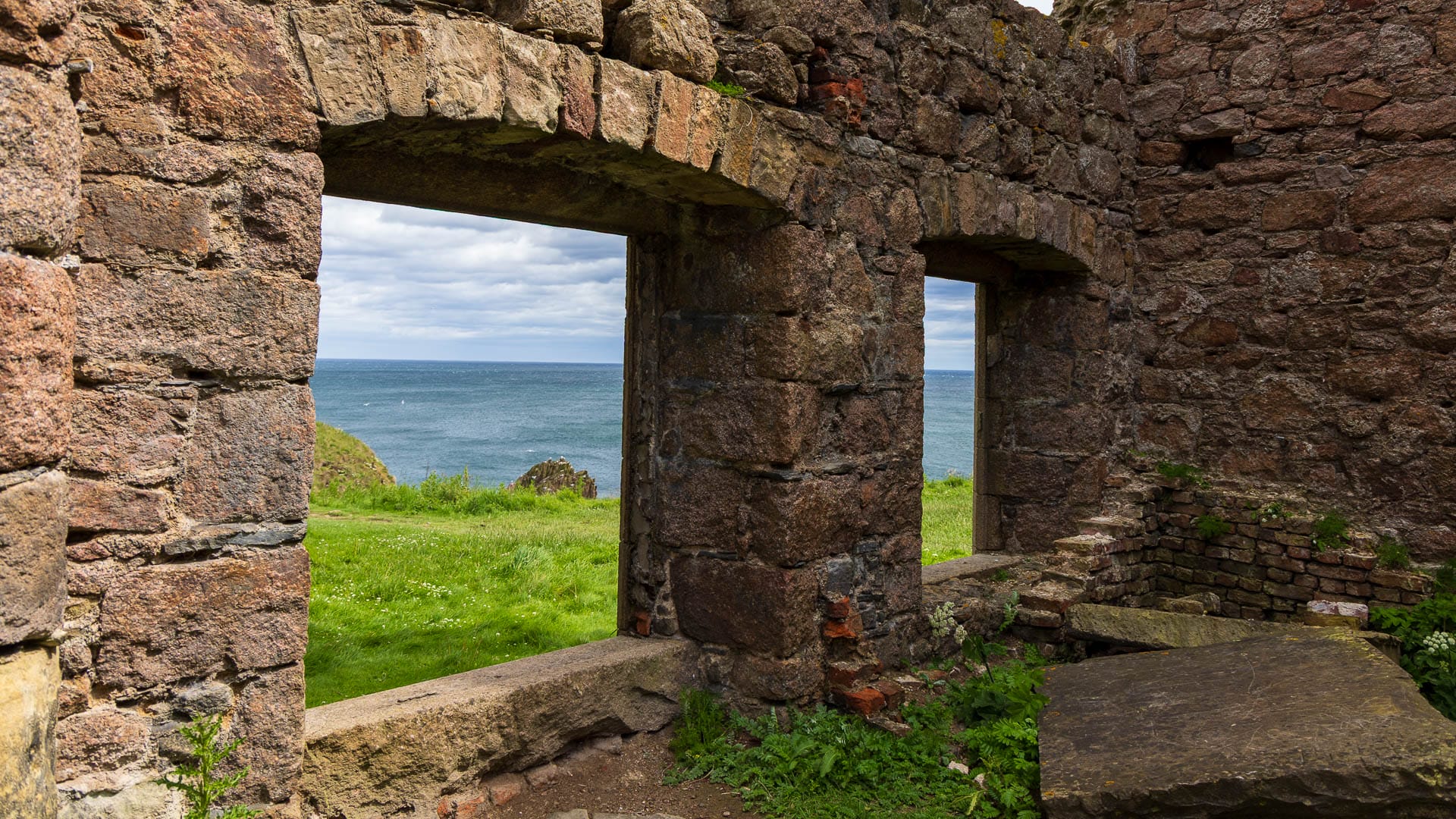
Catherine must have built up the network. Letters, some written in cipher, some in lemon juice, are said to have been smuggled out of Aberdeen on ships laden with salmon bound for France. Slains Castle became the main post office of the Jacobites. And sometimes even French ships dared to anchor here.
Anne continued this and even expanded it. in 1708, all communication regarding the possible invasion of the Jacobites and the French was channelled through Slains. She was involved in the planning and even hosted a colonel from France in the castle. The venture was a failure and ruined Anne.
Her daughter Mary later took over and helped recruit soldiers from the area during the 1745 rebellion. Mary died in 1758.
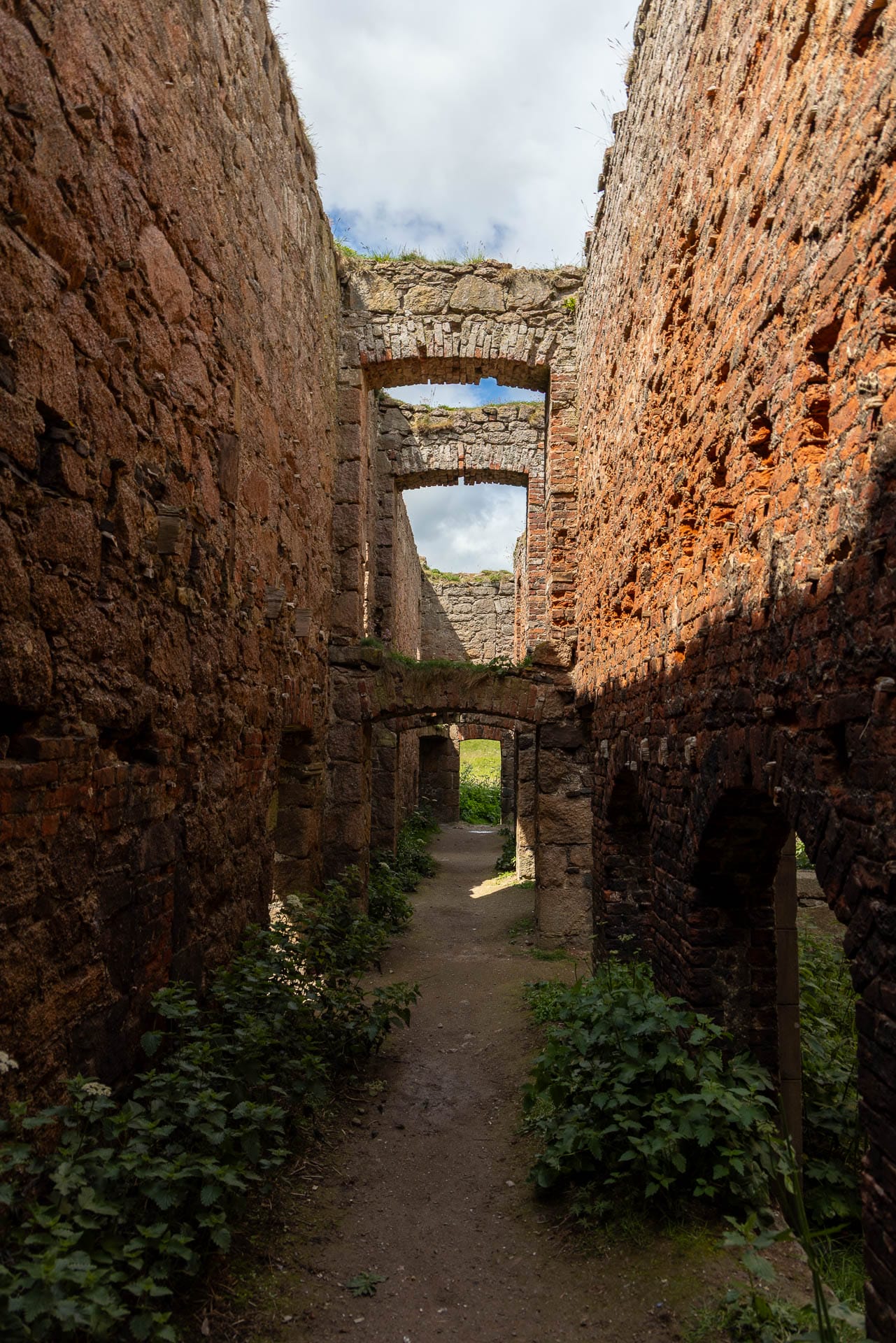
How to get there
With satnav: “P9S3.YBR” will bring you close to the car park.
Without satnav: From Aberdeen, follow the A90 parallel to the east coast until you see the sign for Cruden Bay. Turn right here and follow the main road. Turn right at the “Beach” sign and continue to the “Slains Castle” car park.